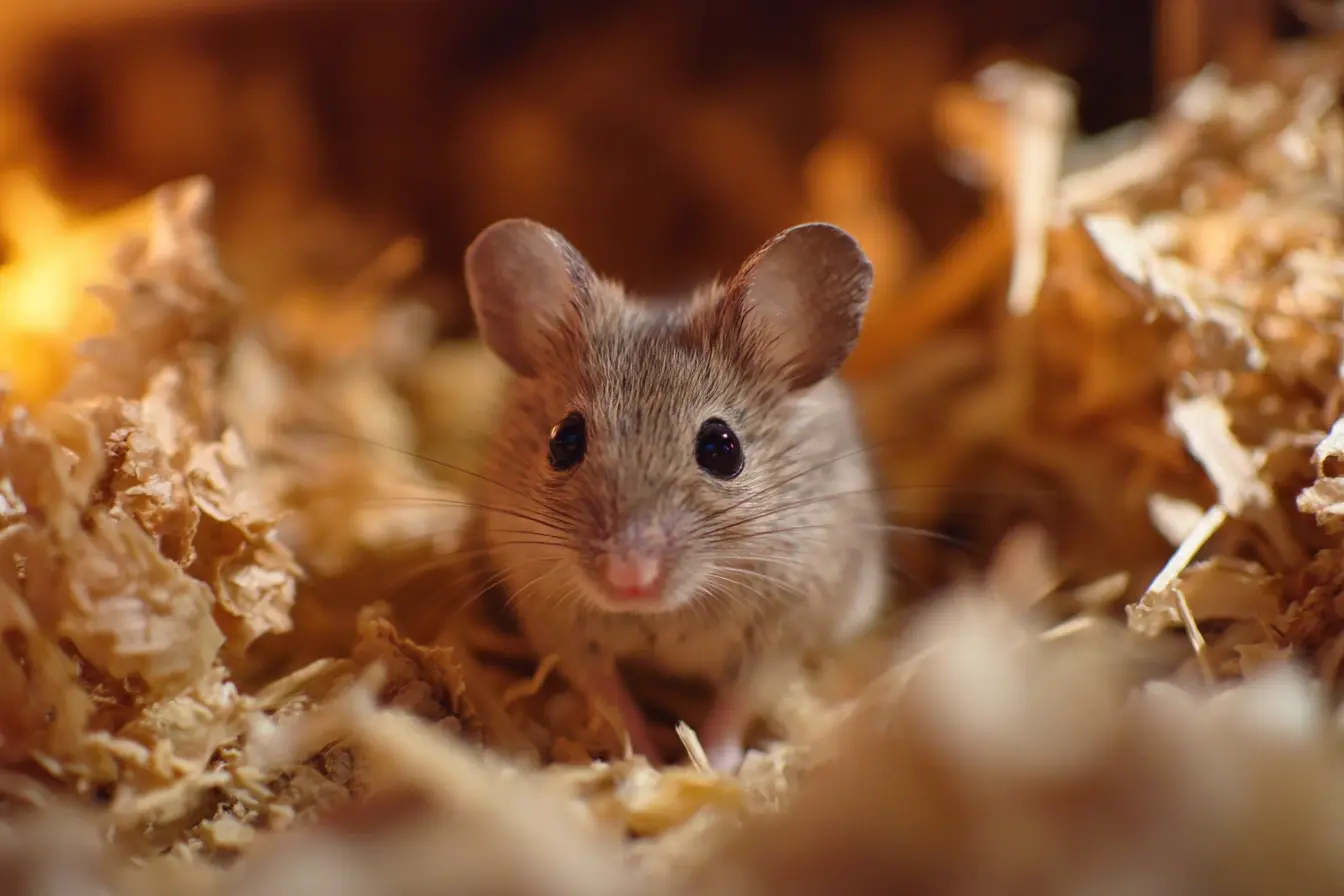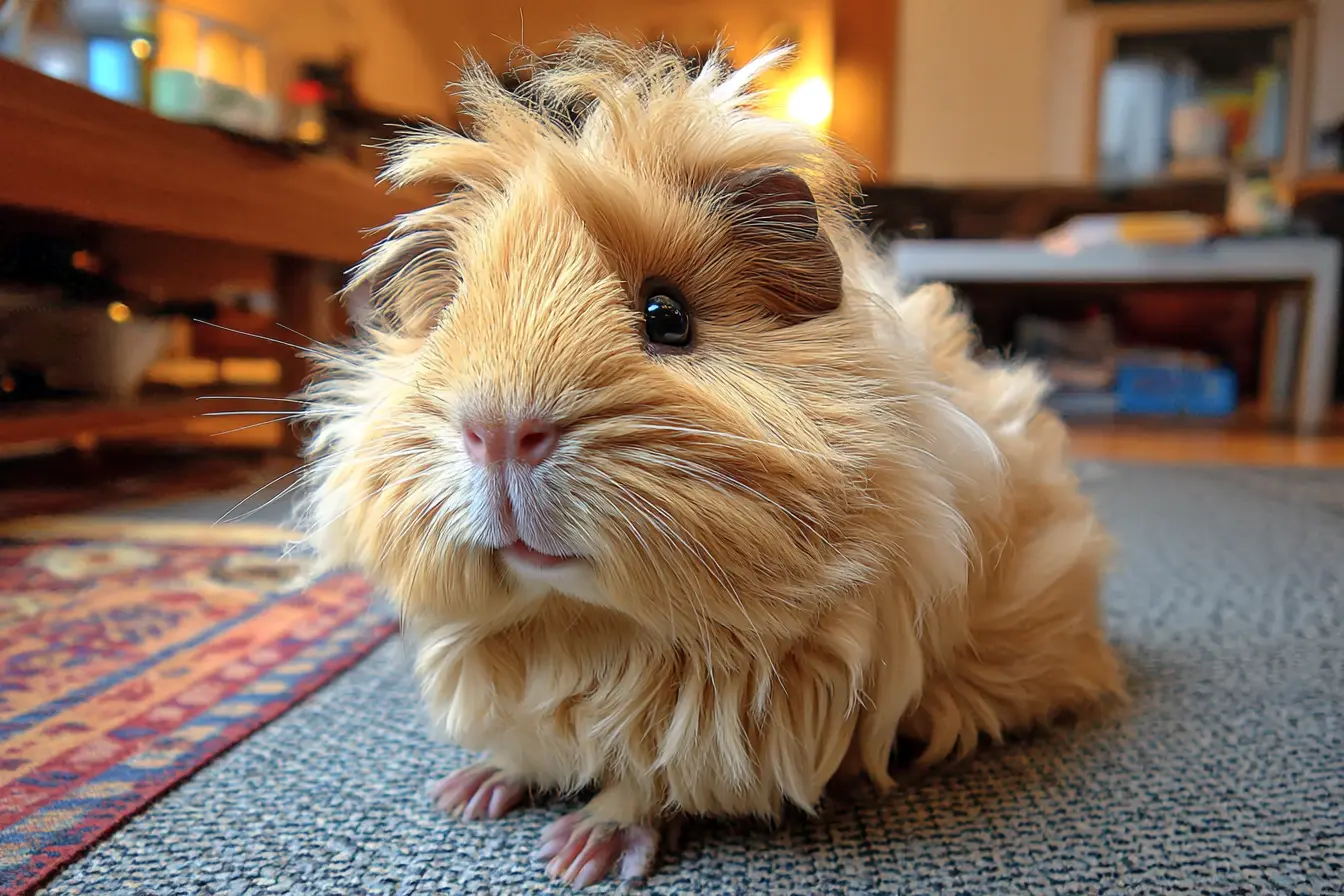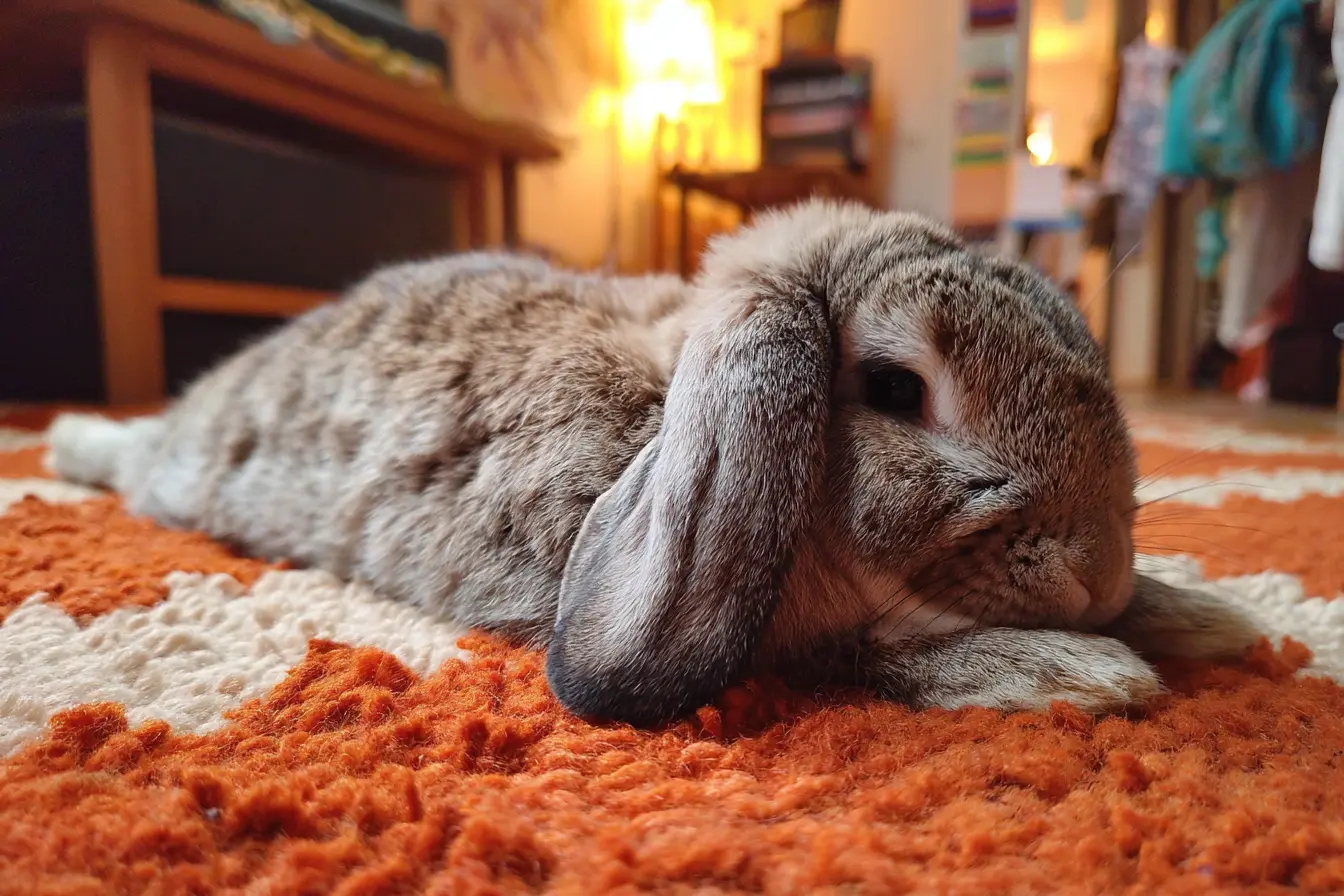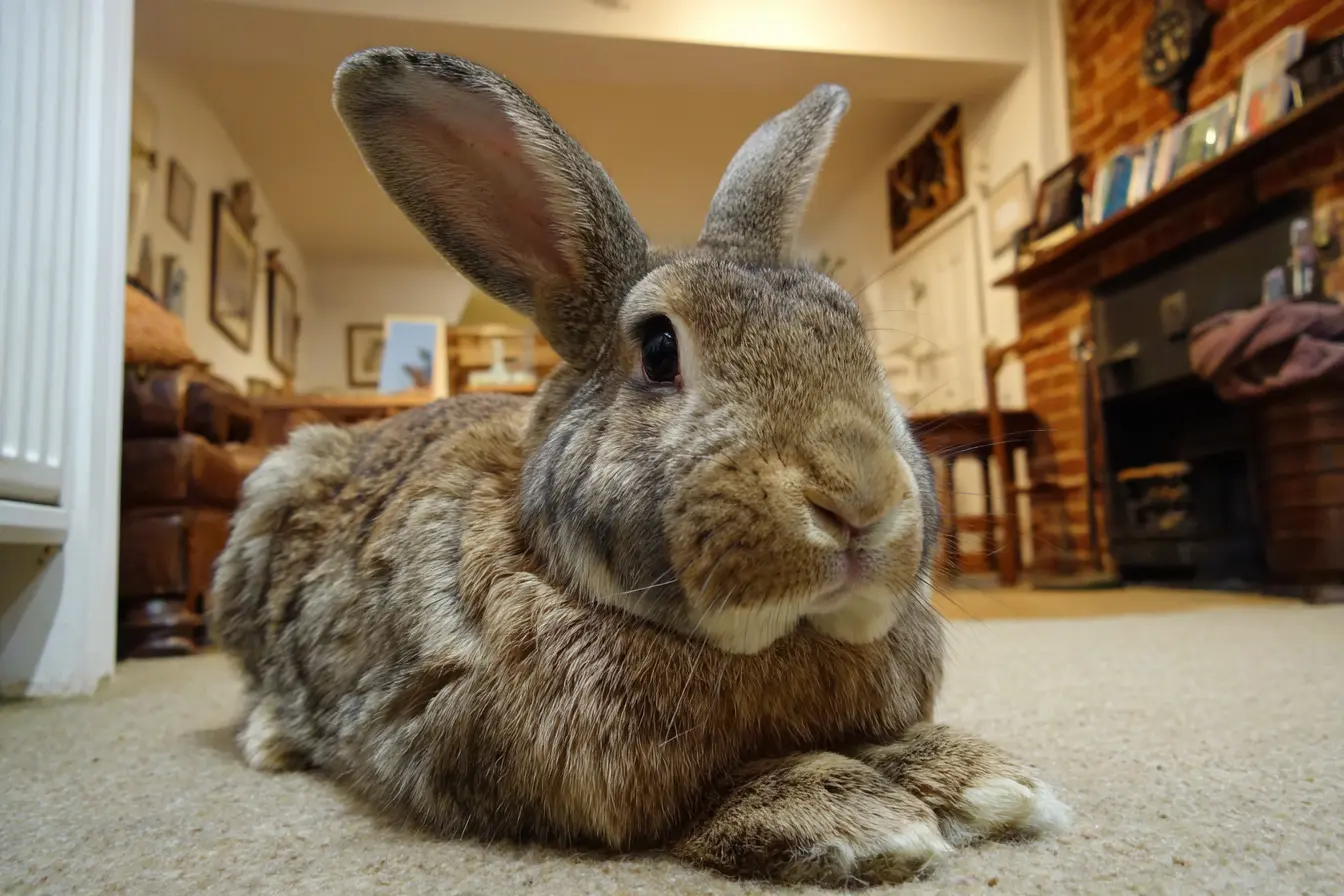
Satin Mice: Glossy-Coated Fancy Mice for the Enthusiastic Keeper
Satin mice are a captivating variety of fancy mouse, admired for their glossy, shining coats that reflect the light in a way that makes them stand out from their standard-coated counterparts. They are affectionate, curious, and active little pets that offer just as much personality as any other mouse variety, but with a touch of glamour thanks to their unique appearance.
In this post, we’ll explore everything you need to know about satin mice, from their origins and appearance to housing, diet, handling, health, and suitability as pets.
What Are Satin Mice?
Satin mice are not a separate species but a coat variety of the fancy mouse (Mus musculus). They carry the “satin” gene, which alters the structure of the hair shaft. This change gives their coats a reflective, glossy sheen that makes them appear silky and almost metallic in appearance.
The satin gene can be combined with any colour or marking, so you may find satin mice in shades ranging from solid black to white, agouti, chocolate, and even spotted or banded patterns. Both short-haired and long-haired satin mice exist, although the satin effect is most dramatic in long-haired individuals.
Key Characteristics
- Size: 6–10 cm body length, with a tail of similar length
- Weight: 20–40 g on average
- Lifespan: 1.5–2.5 years (sometimes up to 3 with excellent care)
- Temperament: Active, curious, and social
- Appearance: Glossy, satin-like coat; available in a wide variety of colours and patterns
Their unique coats make them highly desirable among breeders and enthusiasts, but their care requirements are the same as other fancy mice.
Social Needs
Mice are highly social animals and should never be kept alone. They need companionship with their own kind to thrive.
Best Practices:
- Females: Can be kept in groups of two or more without major issues.
- Males: More territorial and often fight if kept together, so it is usually best to keep males singly or as neutered pairs/groups.
- Mixed groups: Should be avoided unless breeding is intended, as mice reproduce very quickly.
Satin mice will groom, play, and interact with each other, providing companionship and enrichment.
Housing and Environment
Satin mice require safe, spacious housing with good ventilation. As they are small and active, their environment must be secure and stimulating.
Enclosure Requirements:
- Minimum size: 60 cm x 40 cm for a small group of females; larger is always better.
- Type: Wire cages with narrow bar spacing (no more than 0.5 cm) or glass/plastic tanks with mesh lids for ventilation.
- Bedding: Paper-based bedding, hemp, or aspen. Avoid cedar and pine, which release harmful oils.
- Nesting material: Shredded paper or hay for burrowing and nest building.
- Temperature: 20–24°C; avoid draughts and extremes of heat or cold.
Enrichment:
- Tunnels, cardboard tubes, hammocks, and climbing branches.
- Solid-surface wheels (20 cm minimum to prevent spine curvature).
- Digging boxes and chew toys.
Clean the enclosure weekly and spot-clean daily to prevent odours and health problems.
Diet and Nutrition
Satin mice have the same dietary requirements as other fancy mice. A balanced diet is essential for maintaining their health and coat quality.
Suggested Diet:
- Staple diet: High-quality mouse or rat pellets/mix (avoid hamster mixes high in sugar and fat).
- Fresh vegetables: Carrot, broccoli, cucumber, courgette, kale.
- Fruits: Apple, pear, and berries in small amounts as treats.
- Protein: Cooked egg, chicken, or mealworms occasionally.
- Treats: Wholegrain bread, oats, or seeds sparingly.
Fresh water must always be available, preferably in both bottles and bowls.
Handling and Behaviour
Satin mice are curious and active but can be timid if not handled from a young age. With patience and gentle handling, they become tame and interactive.
Handling Tips:
- Start by letting them approach your hand rather than grabbing them.
- Handle over a soft surface in case they jump.
- Scoop with both hands rather than picking up by the tail (tails are fragile).
- Offer treats by hand to build trust.
Mice are generally more suited to observation and short handling sessions rather than long cuddles.
Unique Traits
- Glossy coat: Their most distinctive feature, caused by the satin gene.
- Wide variety: Available in all standard colours and markings.
- Show appeal: Satin mice are popular in shows and breeding circles due to their shine.
- Combination with other traits: Satin can appear alongside long hair, rex curls, or other coat types.
Health and Common Issues
Satin mice are generally hardy but prone to the same issues as other fancy mice.
Common Health Concerns:
- Respiratory infections: Very common; caused by drafts, poor ventilation, or dusty bedding.
- Tumours: Mammary tumours are unfortunately frequent in mice.
- Parasites: Mites and lice can affect them but are treatable.
- Obesity: Can occur if given too many fatty seeds or treats.
The satin trait itself does not cause health problems, though some breeders caution that selective breeding without attention to genetics can increase risks of weakness.
Is a Satin Mouse Right for You?
Satin mice are ideal for:
- Keepers who enjoy unique coat types.
- People seeking an active, curious pet for observation and short handling sessions.
- Families with older children who can handle small pets gently.
- Enthusiasts interested in breeding or showing fancy mice.
They may not be suitable for:
- Very young children (mice are delicate and fast-moving).
- Anyone looking for a cuddly, hands-on pet.
- Homes unable to provide a stimulating, escape-proof enclosure.
Conclusion
Satin mice are lively, intelligent, and social pets, set apart by their glossy, reflective coats. While their appearance is unique, their needs are the same as other fancy mice: they require companionship, spacious housing, enrichment, a balanced diet, and gentle handling.
For dedicated keepers, satin mice offer both the beauty of their shining coats and the charm of their playful personalities, making them a wonderful addition to any fancy mouse collection.
Vets near you
Speciality vets
- Aquatics vet specialists
- Birds vet specialists
- Camelids vet specialists
- Cats vet specialists
- Cattle vet specialists
- Deer vet specialists
- Dogs vet specialists
- Equines vet specialists
- Exotic vet specialists
- Goats vet specialists
- Pigs vet specialists
- Poultry vet specialists
- Sheep vet specialists
- Small Mammals vet specialists
- Wild vet specialists



